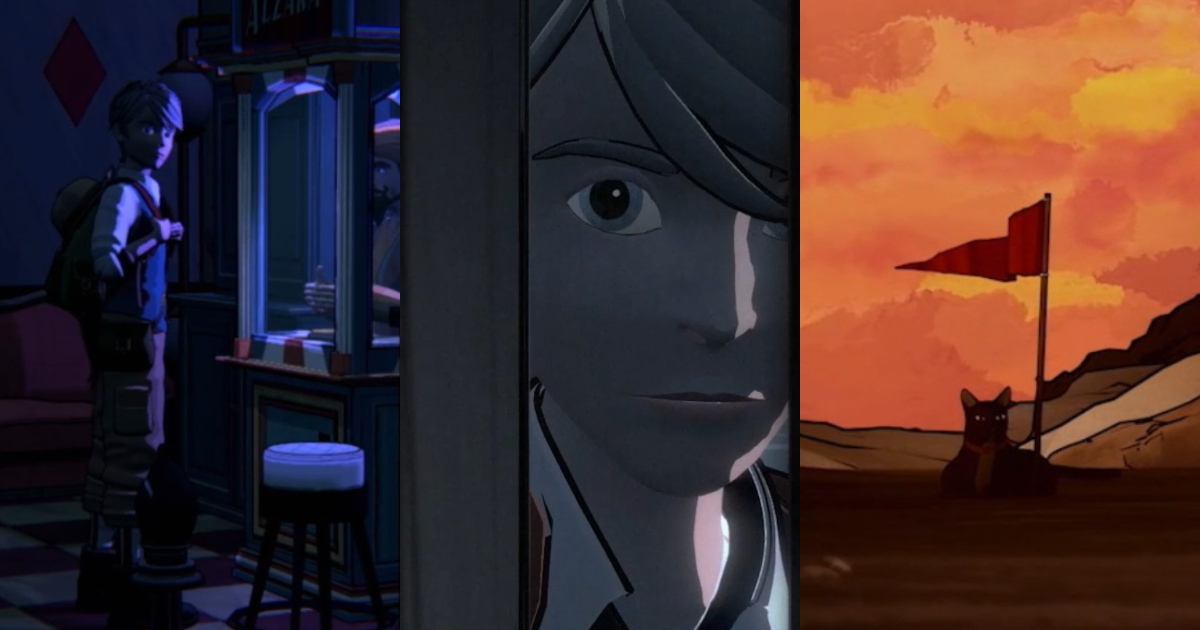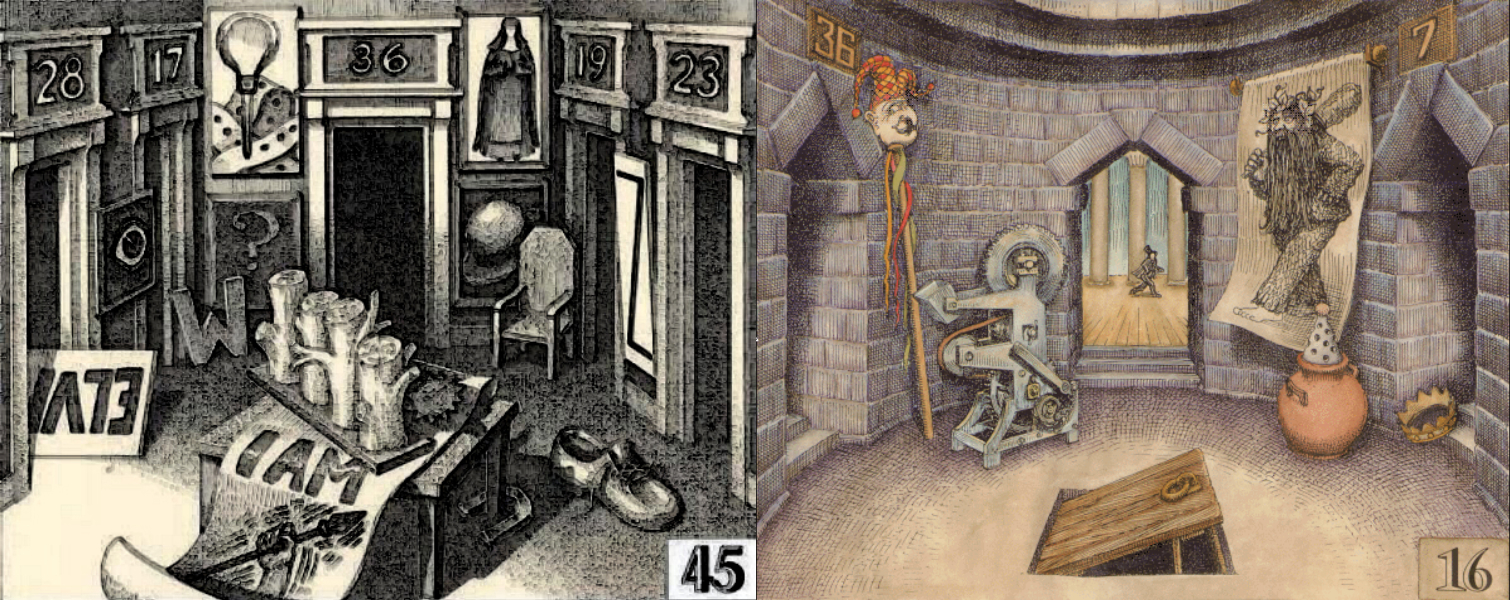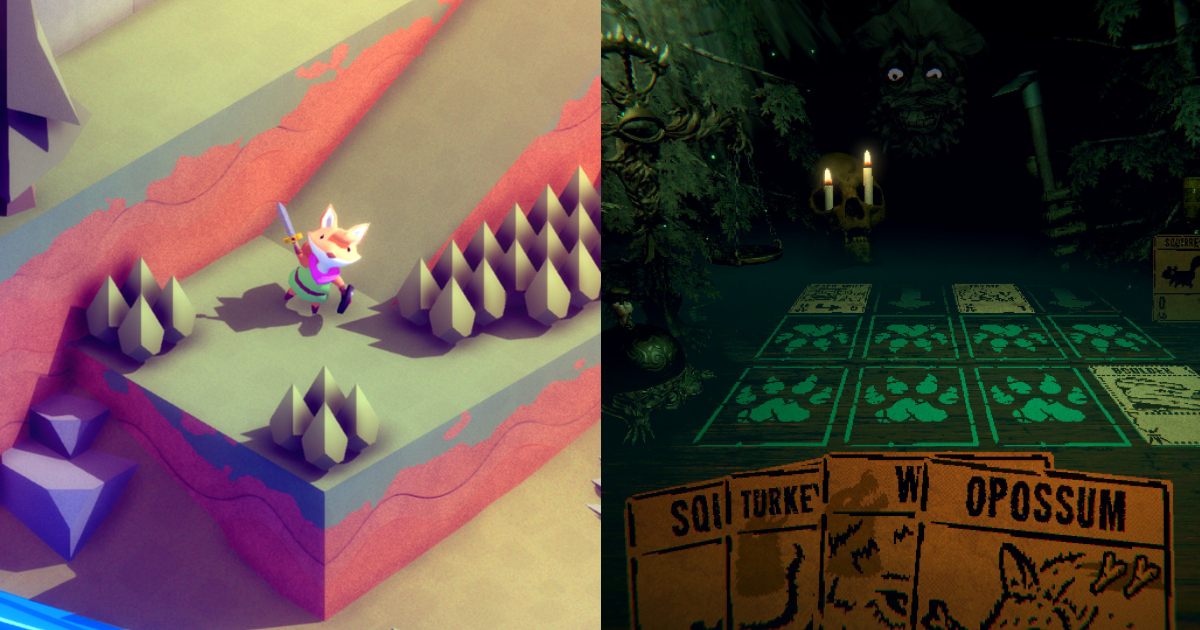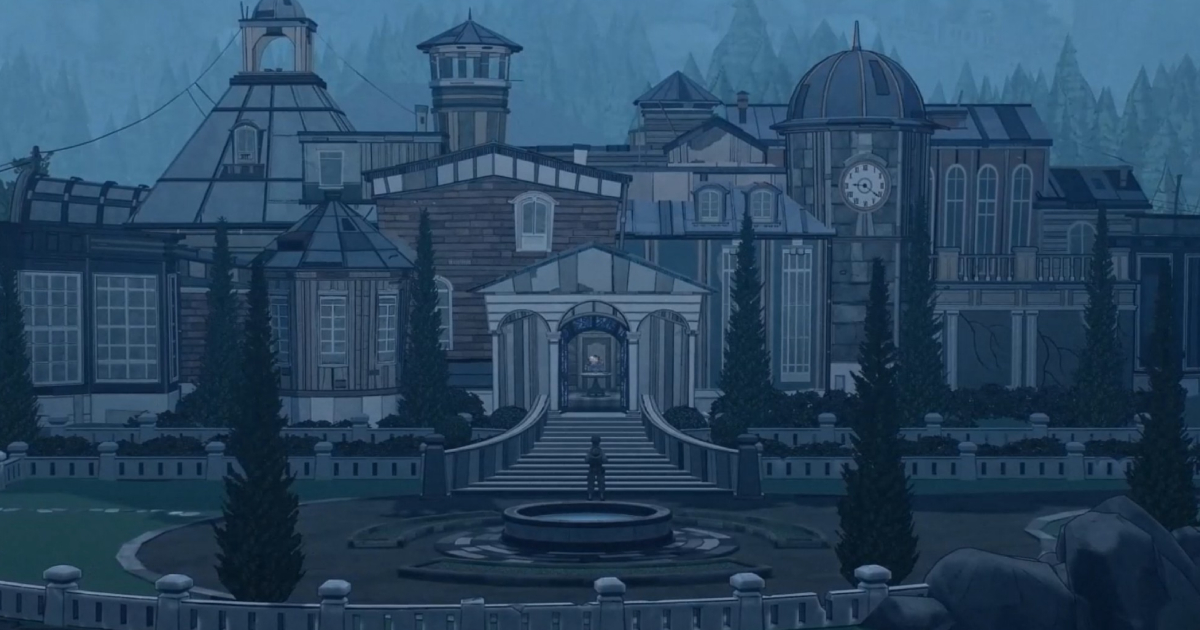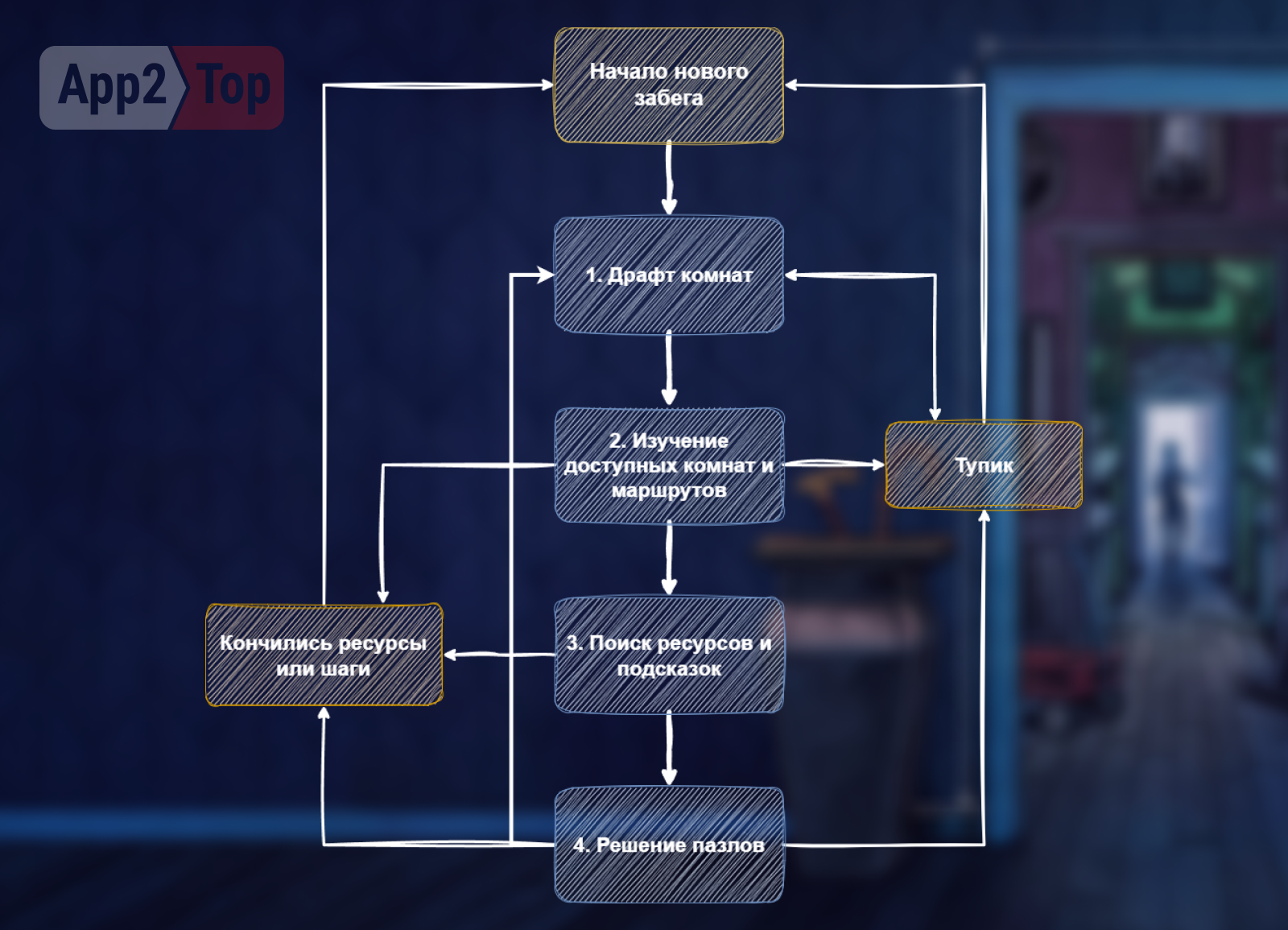The Triumph of Blue Prince: How the Most Arthouse Game of 2025 is Designed and Its Place in the Market
There is a cliché that "there's something in this game for everyone." Blue Prince, on the contrary, is not a game for everyone. In every sense, it's an auteur piece that managed to break into the mainstream. We'll explain how this game is structured, what its creator is famous for, and analyze its commercial performance and other metrics.
Contents:
- Key facts about Blue Prince and its creator
- Knowledge as a resource: the unique structure of Blue Prince
- The success of Blue Prince: sales, playtime, and impressive retention
- Why do critics and player reviews differ so greatly?
- Can Blue Prince's metrics be compared with other games?
Key facts about Blue Prince and its creator
- The author, scriptwriter, and lead designer of Blue Prince is Tonda Ros, an artist and director from Los Angeles.
- Since 2014, he has been leading his own studio, Dogubomb, which specializes in creating commercials, trailers, and other visual materials. The company's clients include Pepsi, Sony, Snickers, Jim Beam, and others.
Tonda Ros (left), the Dogubomb studio logo (right)
- Ros started working on Blue Prince in 2016 (prior to this, he had not been involved in game development). He assembled the first prototype in four months using pre-made assets from the Unity Asset Store.
- Later, an art director, programmer, and several other specialists joined the project. Excluding outsourcers and testers, the core team comprises around two dozen people.
- Initially, the game was called Bequest, but in 2017, a horror game with the same name was released on Steam. This game, developed by the Russian team Taste Games, eventually changed its name to Last Answer and was later removed from the store entirely. Ros transformed Bequest into Blue Prince.
One of the first screenshots of Bequest
- Ros funded the development of Blue Prince using his personal savings and money from advertising on his Magic The Gathering fan site — Mythic Spoiler.
- In an interview with Bloomberg, he noted that he worked on the project for 80 hours a week. The game was fully playable by 2021, nearly five years after development started, with the remaining time spent on balancing, polishing, and expanding content.
- Blue Prince is the video game embodiment of the 1985 book "Maze: Solve the World’s Most Challenging Puzzle." It was devised and illustrated by children's author Christopher Manson.
- The core concept of the projects is virtually identical: traverse a house-maze to reach the 45th room. Each page is a separate room illustration.
- In 1994, Interplay published a game, The Riddle of the Maze, which was essentially the same book but with colored rooms.
Page from the book "Maze" (left) and a screenshot from its video game adaptation (right)
- Over time, "Maze" became a cult classic — there's even a dedicated site to the book's mysteries and the "immersive puzzle" genre. It was here Ros first presented Bequest and managed to connect with Manson — Blue Prince contains references to the author's work, complete with exclusive illustrations.
- Other sources of inspiration include board games, Magic The Gathering, and the adventure games Myst and Riven. Ros himself describes Blue Prince as an "architectural adventure."
- The game credits also thank other masters of defying expectations and creating multi-layered puzzles — Tunic developer Andrew Shouldice and Inscryption creator Daniel Mullins.
Tunic (left), Inscryption (right)
Knowledge as a resource: the unique structure of Blue Prince
Blue Prince can best be described as a first-person adventure quest with roguelite elements. It borrows exploration and puzzle-solving from the adventure genre within the framework of global progression, and from roguelikes — the concept of runs, random path generation, and locations of individual items, as well as metaprogression.
When deconstructing Blue Prince, it can be said to operate on three levels:
- Strategic "roguelike" — building routes through the opening of new rooms and managing resources, resetting progress between runs;
- Puzzle game — finding clues and solving puzzles within individual rooms or across the entire mansion;
- Narrative meta-adventure — exploring the world’s history through fragments of knowledge to create a cohesive picture, uncover, and (possibly) solve the global mystery.
Each game day starts at the mansion entrance, with the player’s primary goal in the early stages remaining unchanged — to enter the northern part of the house and find the mysterious room #46. The catch is that there are only 45 rooms, and the layout and pool of available locations are inconsistent (unlike most quests).
Players are given a limited number of steps each game day. Additionally, items and resources discovered cannot be carried over between runs.
Over time, players will learn to partially bypass these restrictions and manipulate specific rules and elements of the game. However, Blue Prince's basic gameplay loop remains almost unchanged:
- Room Draft — interacting with each door grants a new room card (one of three to choose from), allowing players to build a route on a 5x9 grid of locations. This mimics the deck-building principle in card games (hence the term "draft") or the game board assembly in some tabletop games.
- Exploration of available rooms and routes — almost every room serves a specific function, contains a set of doors, and leads either further into the mansion or to a dead end.
- Resource and clue gathering — within locations, there can be items (fixed or random depending on the type of room and item) and other resources essential for progress within each run.
- Puzzle-solving — puzzles are categorized into those solvable within a single room (usually providing resources and intended for regular replay in each run) and global ones (which may be spread over multiple locations, require specific items, and completion of other puzzles).
Sooner or later, players either find themselves at a complete dead end (unable to open new rooms) or run out of resources. Stamina may also deplete, but initially, it's rather difficult to exhaust it. In any case, each of these triggers brings the run to an end and repeats the cycle.
Approximate gameplay loop of Blue Prince
As with any modern roguelike, Blue Prince features metaprogression. Certain items and locations allow players to upgrade rooms, and solving specific puzzles provides permanent improvements. While they are fewer compared to traditional representatives of the genre, most significantly impact the progression and simplify some routine actions within runs.
However, the most valuable metaresource is knowledge. This is the key distinction of Blue Prince from other roguelikes.
